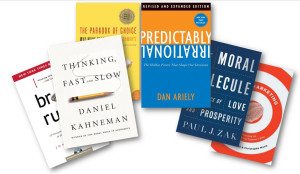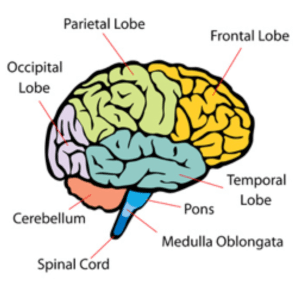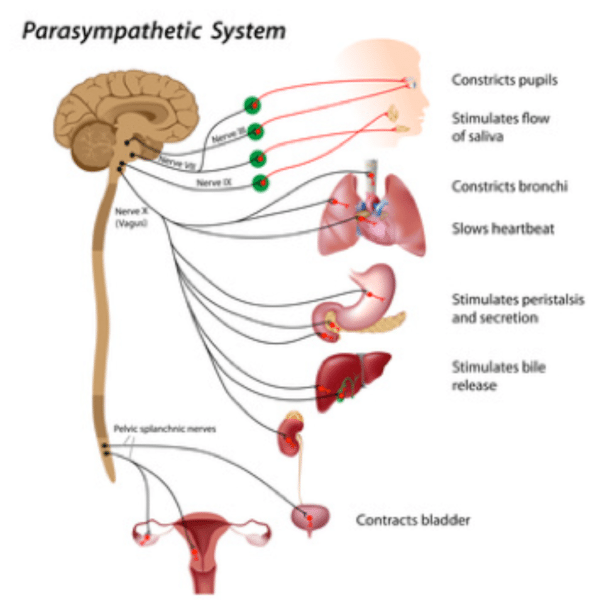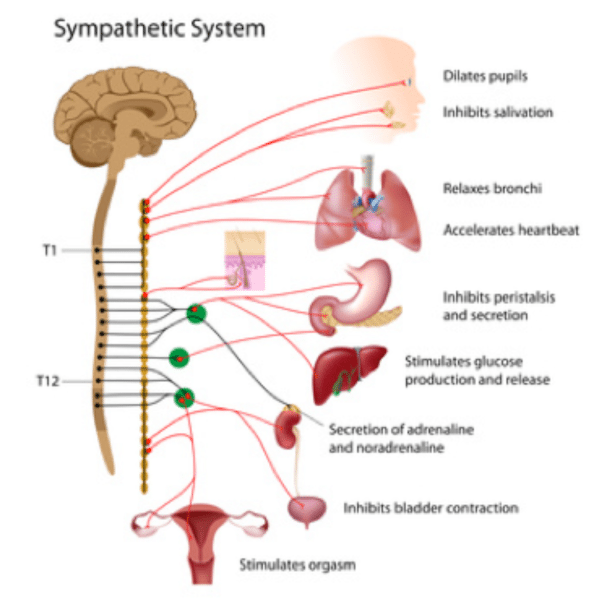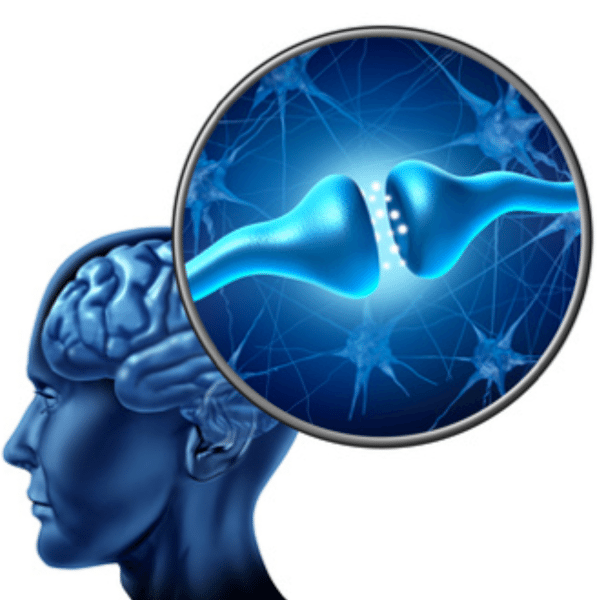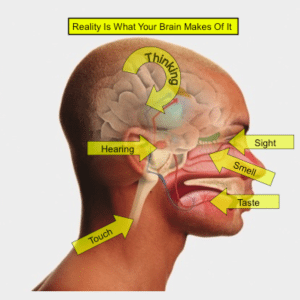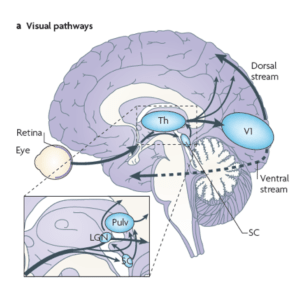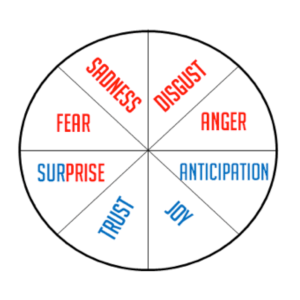La combinación de neuro y marketing implica la fusión de los dos campos de estudio (neurociencia y marketing) . El término neuromarketing no puede ser atribuido a una persona en particular, ya que comenzó a aparecer orgánicamente alrededor de 2002 . En ese momento, algunas compañías estadounidenses como Brighthouse y SalesBrain fueron los primeros en ofrecer investigación de neuromarketing y servicios de consultoría para promover el uso de métodos y conocimientos que provienen del campo de la neurociencia cognitiva. En términos simples, el neuromarketing sugiere que comprender y predecir el comportamiento del consumidor debe incluir la perspectiva de la neurociencia. Un número creciente de libros han sido publicados en neuromarketing , neurociencia de los consumidores, la psicología del consumido, la neurociencia cognitiva y otros campos relacionados. Para más información, le recomendamos que vaya a nuestra lista de libros favoritos haciendo click aquí.
La primera parte de la investigación académica en neuromarketing la realizó Read Montague, profesor de neurociencia en Baylor College of Medicine en 2003 y publicado en la revista Neuron en 2004. El estudio consistía en preguntar un grupo de personas si preferían beber Pepsi o Coca Cola, mientras sus cerebros eran escaneados en una máquina de resonancia magnética funcional . Si bien las conclusiones del estudio son interesantes, el Dr. Montague no proporcionó una justificación de cómo el cerebro maneja las opciones de marca. Sin embargo , el estudio reveló que las diferentes partes del cerebro se iluminan cuando las personas son conscientes o no conscientes de la marca que consumen. En concreto, el estudio sugiere que una marca fuerte como Coca Cola tenía el poder de ” poseer ” un pedazo de nuestra corteza prefrontal. El PFC
gestiona nuestra atención, controla nuestra memoria a corto plazo y de hecho, en especial lo mejor de nuestra planificación de pensamiento. Así que de acuerdo con el estudio, cuando la gente sabe que están bebiendo Coca Cola, es cuando en realidad dicen que prefieren la marca Coca-Cola sobre Pepsi y sus luces PFC se intensifican. Sin embargo, cuando no saben qué marca que están consumiendo, informan que prefieren Pepsi. En este último caso, la parte del cerebro que es más activo no es el EF sino una estructura cerebral mayor enclavada en el sistema límbico. Esta zona del cerebro es responsable de nuestro comportamiento emocional e instintivo. El estudio de Coca-Cola y Pepsi puede no haber sido suficiente para convencer a muchos investigadores de marketing que la neurociencia podría ayudar a descifrar el código neural de nuestras decisiones, pero era sin duda suficiente para iniciar un nuevo campo . Desde entonces, cientos de estudios han sido realizados confirmar la correlación entre el comportamiento de los consumidores y la actividad cerebral.
Comprendiendo el cerebro como un órgano de alto consumo de energía
De hecho, el cerebro es responsable de todos los comportamientos de los consumidores. Para llevar a cabo estas conductas y elecciones, el cerebro tiene que utilizar una gran cantidad de energía. A pesar de que el cerebro es sólo el 2% de nuestra masa corporal, quema casi el 20% de nuestra energía. Pero la mayor parte de las decisiones que tenemos que tomar en un día se manejan por debajo de nuestro nivel de conciencia. Esto explica por qué es necesario mantener nuestro cerebro en descanso ya que es una parte crítica de su funcionamiento, que se realiza en gran parte por debajo de nuestro nivel de conciencia y consume casi el 90% de la energía del cerebro. Así que parece que usamos alrededor del 10% de nuestro cerebro consciente. Peor aún, no controlamos la mayor parte de nuestra atención, ya que estamos demasiado ocupados explorar el entorno en busca de amenazas potenciales. Porque nada es más importante que la supervivencia, estamos de hechos en gran parte controlando la parte más antigua del cerebro conocida como el complejo-R o el cerebro reptiliano. Esta estructura incluye el tronco cerebral y parte del sistema límbico inferior. El cerebro reptil se ha desarrollado durante millones de años. Es pre-verbal, no entiende los mensajes complejos, e intenta evitar el dolor en las emociones. Es la parte del cerebro que nos hace extremadamente egoístas y conduce nuestra fuerte preferencia por los atajos mentales. El aspecto más potente del cerebro reptil es el hecho de que es capaz de procesar los estímulos visuales sin el uso de la corteza visual. Es por eso que preferimos las imágenes sobre las palabras y experiencias a explicaciones. Antonio Damasio, un neurólogo muy conocido y respetado autor dijo una vez:
” We are not thinking machines that feel, we are feeling machines that think” No somos máquinas de pensar que sentimos, somos máquinas de sentir que pensamos.


